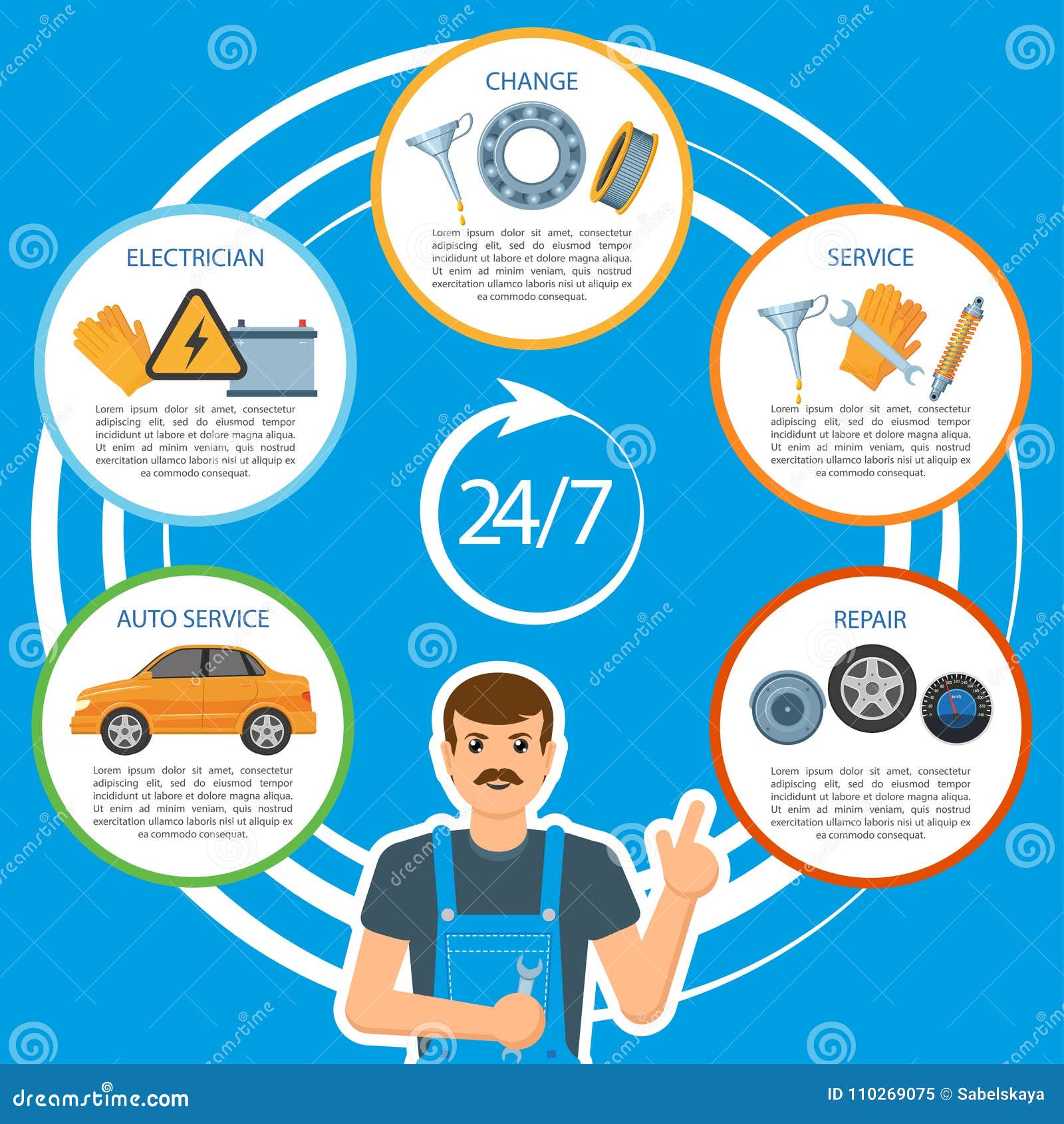Unraveling The True Definition Behind Your Car'S Caution Lights
Unraveling The True Definition Behind Your Car'S Caution Lights
Blog Article
Staff Writer-Johannsen Mendoza
When you're behind the wheel, those radiant warning lights on your control panel can be a bit complicated. Do you understand what they're attempting to inform you regarding your vehicle's health? Understanding the value of these lights is important for your security and the durability of your car. So, the following time one of those lights pops up, would not you wish to decipher its message accurately and take the necessary steps to address it?
Common Caution Lights and Interpretations
Recognize typical warning lights in your vehicle and recognize their meanings to guarantee secure driving.
One of the most regular caution lights include the check engine light, which signifies concerns with the engine or discharges system. If this light begins, it's important to have your lorry examined immediately.
The oil pressure cautioning light shows reduced oil pressure, needing instant attention to prevent engine damage.
A blinking battery light could suggest a defective charging system, potentially leaving you stranded otherwise attended to.
The tire pressure tracking system (TPMS) light signals you to low tire pressure, impacting car stability and gas performance. Neglecting brake line repair kit can cause dangerous driving problems.
The ABS light indicates an issue with the anti-lock stopping system, endangering your ability to quit rapidly in emergency situations.
Finally, the coolant temperature alerting light warns of engine getting too hot, which can lead to severe damage otherwise dealt with swiftly.
Recognizing these common warning lights will assist you deal with issues without delay and preserve secure driving conditions.
Significance of Prompt Attention
Recognizing the common warning lights in your car is just the initial step; the significance of quickly attending to these cautions can not be emphasized enough to ensure your security on the road.
When https://titussizpf.eedblog.com/31174818/safeguard-your-pocketbook-and-improve-your-road-security-by-providing-due-interest-to-the-generally-ignored-vehicle-upkeep-task illuminates on your dashboard, it's your vehicle's way of interacting a prospective problem that needs attention. Ignoring https://calmatters.org/environment/2022/05/california-electric-cars-mechanics-jobs/ can lead to more extreme issues in the future, compromising your safety and security and possibly costing you more in repairs.
Motivate attention to cautioning lights can prevent malfunctions and accidents. As an example, a blinking check engine light might indicate a misfire that, if left unattended, could create damage to the catalytic converter. Resolving this immediately can save you from a costly repair service.
Likewise, a brake system warning light may signify low brake fluid or used brake pads, essential elements for your safety when driving.
DIY Troubleshooting Tips
If you see a caution light on your dashboard, there are a few DIY troubleshooting ideas you can try prior to looking for professional assistance.
The primary step is to consult your vehicle's guidebook to understand what the certain caution light shows. In some cases the problem can be as easy as a loose gas cap setting off the check engine light. Tightening up does car insurance cover ac repair may settle the problem.
One more usual problem is a low battery, which can cause different warning lights. Inspecting the battery links for corrosion and ensuring they're safe might deal with the trouble.
If a caution light continues, you can attempt resetting it by separating the car's battery for a couple of mins and then reconnecting it. Additionally, examining your lorry's liquid levels, such as oil, coolant, and brake fluid, can assist troubleshoot warning lights associated with these systems.
Verdict
To conclude, understanding your vehicle's caution lights is necessary for keeping your car running efficiently and securely. By quickly attending to these alerts and understanding what they imply, you can stay clear of expensive repair work and prospective malfunctions.
Remember to consult your car's guidebook for particular information on each alerting light and act accordingly to make sure a trouble-free driving experience.
Keep informed, stay risk-free when driving!
